
Kinvara or Kinvarra is a sea port village in the southwest of County Galway, Ireland. It is located in the civil parish of Kinvarradoorus in the north of the barony of Kiltartan. Kinvarra is also an electoral division.

Dunmore is a town in County Galway, Ireland. It is located on the N83 national secondary road at its junction with the R328 and R360 regional roads.
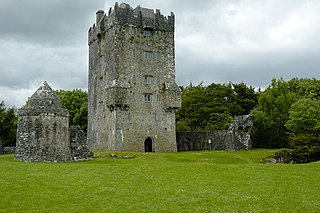
Aughnanure Castle is a tower house in Oughterard, County Galway, Ireland. It is situated in the west of Ireland. It was built by the O' Flaherty's in the 16th century.
Rickard de Bermingham, otherwise Rickard Mac Fheorais, was Anglo-Irish lord of Athenry.

There are numerous Bermingham monuments in Ireland particularly in counties Kildare, Offaly, Galway, and Dublin. Most are now in a poor state. Athenry Castle in Galway has been restored, using building techniques similar to those employed when it was originally built.

Dripsey Castle is a country house in the townland of Carrignamuck, situated 3.3 km (2.1 mi) north-east of Coachford village and 2.5 km (1.6 mi) north-west of Dripsey village. The house and demesne were dominant features in the rural landscape of Ireland, throughout the eighteenth and nineteenth centuries. Location often reflected the distribution of better land, and this is evidenced in mid-Cork, where many of these houses are situated along the valley of the River Lee and its tributaries.
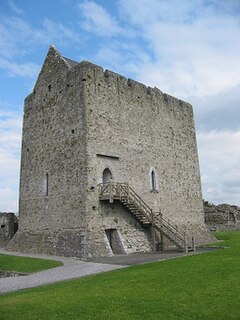
Athenry Castle is a tower house and National Monument located in Athenry, Ireland.
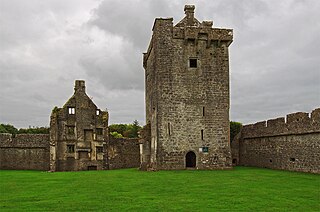
Pallas Castle is a tower house and National Monument located in County Galway, Ireland.
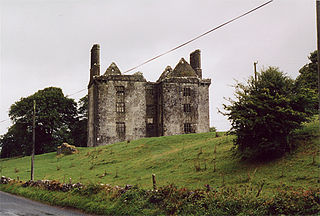
Glinsk Castle is a tower house and National Monument located in County Galway, Ireland.
Isert Kelly Castle is a tower house and National Monument located in County Galway, Ireland.

Ardamullivan Castle is a tower house and National Monument located in County Galway, Ireland.
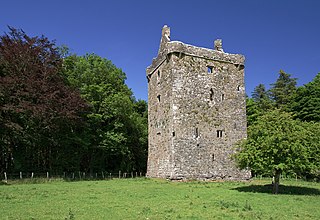
Feartagar Castle, also called Jennings Castle, is a tower house and National Monument located in County Galway, Ireland.

Kilbennen or Kilbannon is a medieval ecclesiastical site and National Monument located in County Galway, Ireland.

The Priory Church of Saint Peter and Saint Paul, Athenry, also called Athenry Priory, is a medieval Dominican priory and National Monument located in Athenry, Ireland.
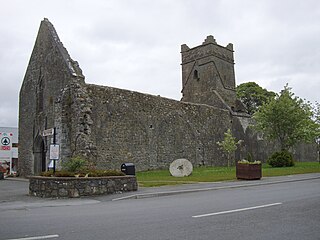
Dunmore Abbey is a medieval Augustinian friary and National Monument located in County Galway, Ireland.

Gaultier or Gaultiere is a barony in County Waterford, Republic of Ireland.

Ballymoe is a barony in County Roscommon, Republic of Ireland.
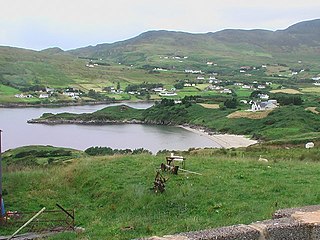
Moycarn is a barony in County Roscommon, Republic of Ireland.

Athlone North, also called North Athlone, is a barony in County Roscommon, Republic of Ireland. Baronies were mainly cadastral rather than administrative units. They acquired modest local taxation and spending functions in the 19th century before being superseded by the Local Government (Ireland) Act 1898.

Athlone South, also called South Athlone, is a barony in County Roscommon, Republic of Ireland. Baronies were mainly cadastral rather than administrative units. They acquired modest local taxation and spending functions in the 19th century before being superseded by the Local Government (Ireland) Act 1898.




















